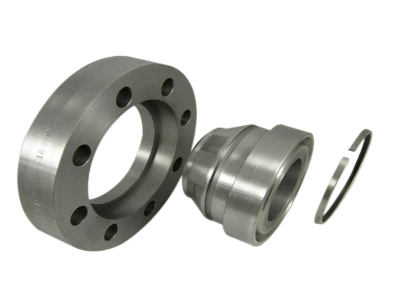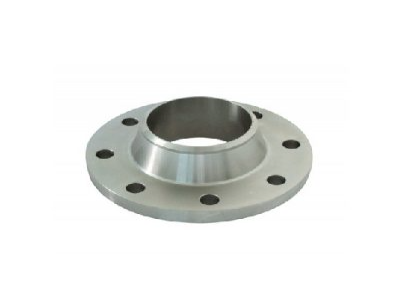316 VS 316L Stainless Steel
Differences between 316 and 316L
Comparing the chemical composition of 316 and 316L by ASTM A312 standard, we will find that they are almost the same composition, except for the Carbon element. This determines that they will have similar properties and can be interchangeable under most conditions. In fact, we also often requested by the client for stainless steel tubes to meet both 316/316L requirements, which is what we call 316/316L dual grade stainless steel pipe.
The biggest difference between stainless steel 316 and 316L is that 316L is developed based on stainless steel 316. And it belongs to low-carbon stainless steel, which performs better in cutting and processing. Besides, its has better intergranular corrosion resistance than 316 after welding, and it can used even if there is no heat treatment.

Standard of 316 in Different Countries:
China (GB): 0Cr17Ni12Mo2
America (UNS): S31600
Japan (JIS): SUS316
Germany (DIN): X5CrNiMo1810 / 1.4401
Standard of 316L in Different Countries:
China (GB): 00Cr17Ni14Mo2
America (UNS): S31603
Japan (JIS): SUS316L
Germany (DIN): X2CrNiMo1810 / 1.4404
Stainless steel 316 and 316L are all belong to stainless steel containing molybdenum. The molybdenum content is 316L is a little bit higher that the one in 316. And due to the molybdenum content, the performance of 316 and 316L are better than stainless steel 310 and 304. In sulfuric acid of the concentration less than 15% or higher than 85%, 316 and 316L have a wider range of applications under high temperature. And 316 also performs well in chloride corrosion resistance, which makes it become commonly-used in marine environments.
The carbon content in 316L can reach 0.03% at maximum, and it can be used in the environment where annealing after welding is not possible to be achieved or maximum corrosion resistance is required.
Corrosion Resistance:
316L has better corrosion resistance than 304 stainless steel, and this can be shown during the production of pulp and paper. Besides, stainless steel 316 is also resistant to marine corrosion and industrial air corrosion.
Heat Resistance:
When stainless steel 316 is continuous worked under the temperature below 1700 degrees, it shows excellent oxidation resistance. When the temperature is between 800 and 1575 degrees, it is suggested not to continuously use 316 stainless steel. However, when the temperature is not within this range, 316 will show a better heat resistance. For stainless steel 316L, its carbide precipitation performs better than 316 stainless steel does.
Heat Treatment:
316 and 316L Stainless steel can be annealed at the temperature not less than 1040°C. After rapid annealing, it requires fast cool-down. And it should not be hardened by overheat treatment.
Welding of 316 VS 316L:
Stainless steel 316 has good welding performance, and can be welded through all standard welding methods. When welding, it can be welded with the filling of 316Cb, 316L or 309Cb based on its application. To obtain the best corrosion resistance, its welding part shall be annealed after welding. However, for 316L, there is no need to be annealed.
Typical Application:
Stainless steel 316 and 316L can be applied in heat exchangers in pulp and paper making industry, dyeing equipment, film developing equipment, piping, and building materials in coastal areas.


